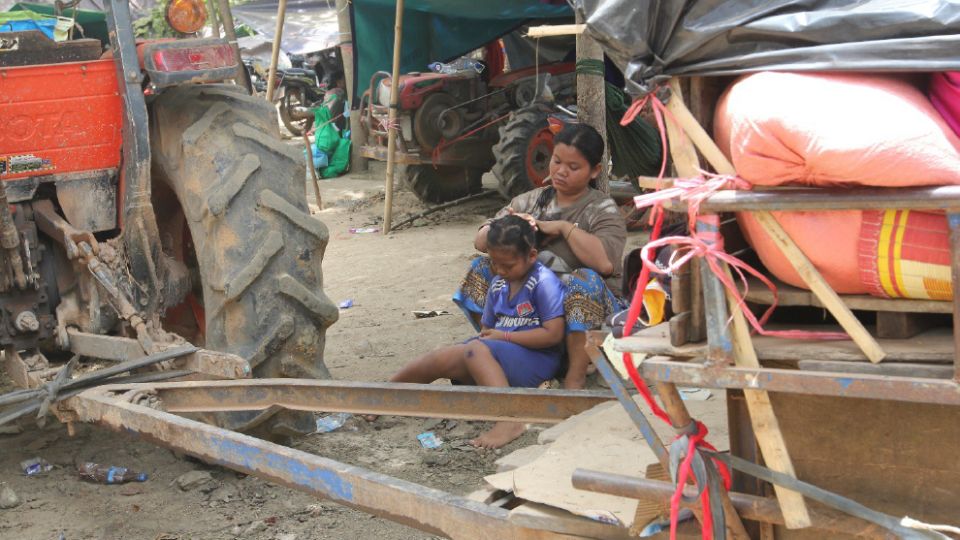October 7, 2025
PHNOM PENH – After weeks of stability along the Cambodia–Thailand border, fresh displacements have been reported as humanitarian agencies begin transitioning from emergency relief to early recovery efforts.
According to the Cambodia Humanitarian Response Forum (HRF), the number of displaced people surged by 44 per cent — from 11,151 on September 22 to 16,049 by October 2 — following localised tensions and the slow pace of returns.
“Of the total, 14,739 people remain across 25 displacement sites, while 1,310 are staying with relatives or friends,” said the report, conducted from September 13 to October 3.
The HRF’s latest situation report, released on October 3, said that while the overall security situation remains stable and markets in affected provinces have reopened, thousands of families continue to face challenges from unexploded ordnance (UXO) contamination, lost livelihoods and limited access to basic services.
“Although hostilities have ceased, the humanitarian situation remains fragile,” the report noted.
“Partners are now prioritising targeted support for the most vulnerable while scaling up early recovery in areas of return,” it added.
The humanitarian forum, in collaboration with the National Committee for Disaster Management (NCDM), has launched a seven-page Early Recovery Response Strategy outlining both immediate and medium-term interventions through February 2026.
These include psychosocial support, restoration of education, rehabilitation of water and sanitation systems, shelter repair and cash assistance for families rebuilding their lives.
“Over 162,000 people across seven provinces have received some form of aid from 27 HRF members, with the majority supported in water, sanitation, nutrition and shelter,” said the report.
Relief agencies are also adapting programmes to meet the growing needs of returning economic migrants — nearly 886,000 Cambodians have come back from Thailand since September, many with depleted savings and limited income opportunities.
In Preah Vihear, Siem Reap and Oddar Meanchey provinces, the report showed that displaced families are beginning to rebuild homes and restart small businesses, though conditions in temporary camps remain difficult.
Some areas, especially those near the border, still face restricted movement due to UXO contamination and damaged infrastructure.
“The next phase of our work is to help communities recover with dignity and resilience,” said the report.
“We’re moving from handing out emergency relief to helping people restore livelihoods, education and access to clean water,” it explained.
The report underscored that while returns are expected to continue, longer-term displacement for some households is likely.
Humanitarian partners will keep working with national and provincial authorities to monitor returns and sustain support.
As Cambodia’s border provinces shift from crisis to recovery, the focus now turns to rebuilding lives — ensuring that families displaced by conflict can return home safely and regain a sense of normalcy.


